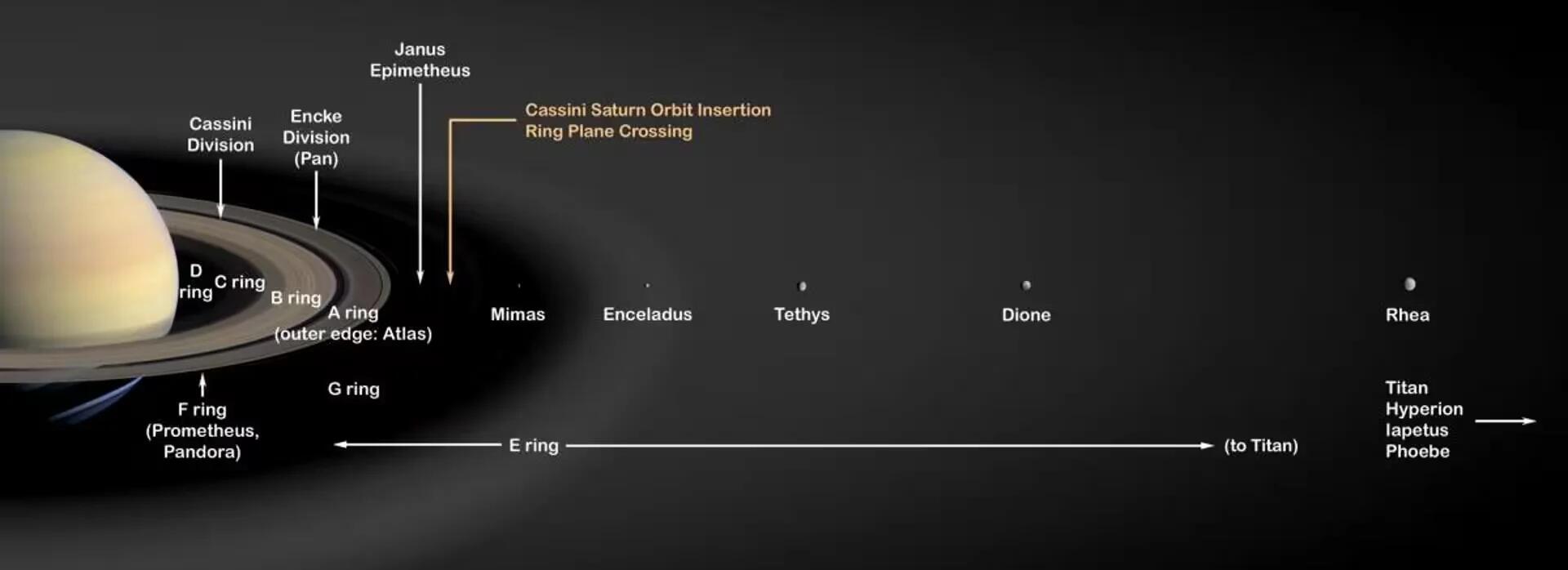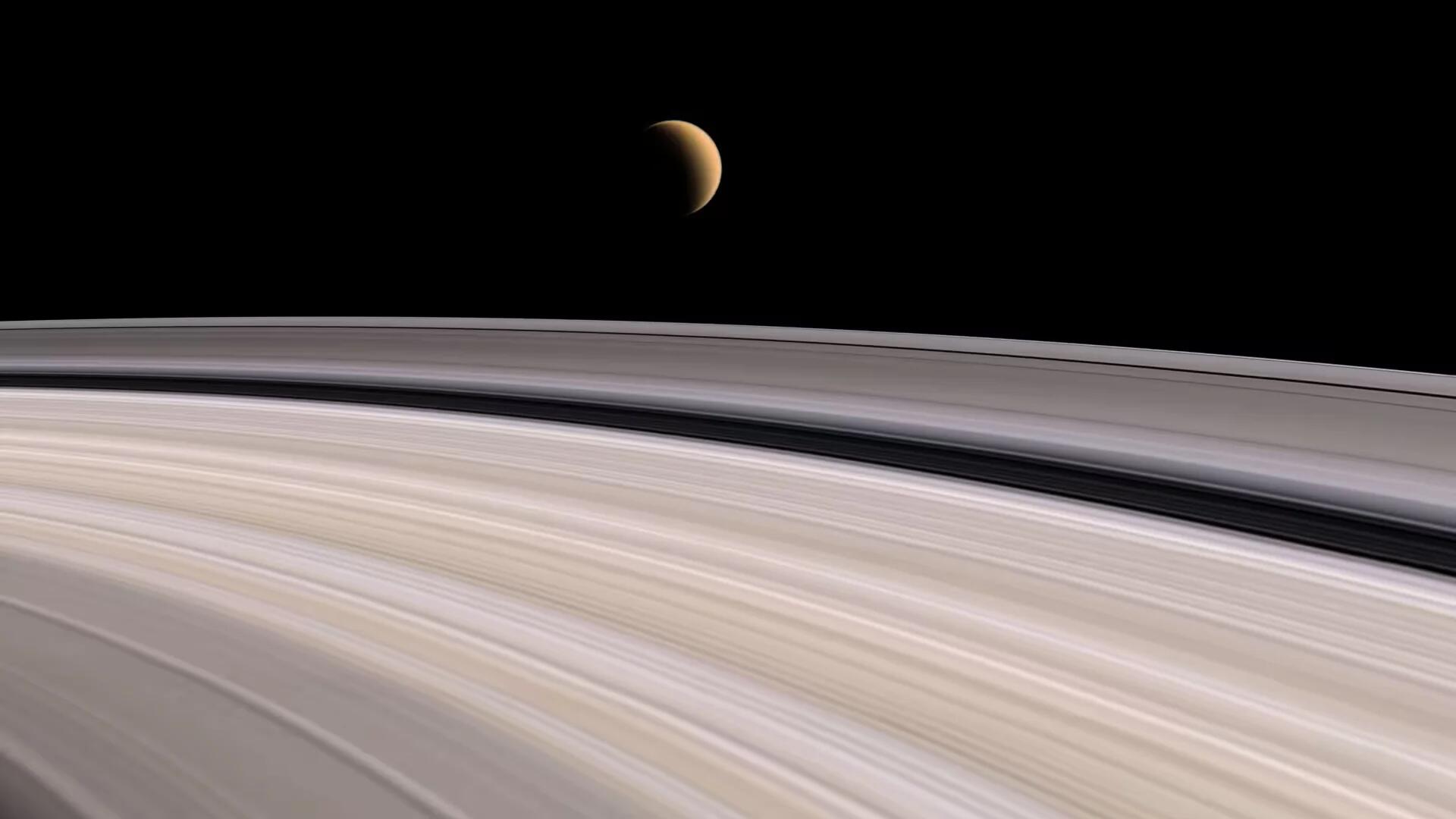When we think about Saturn, the first thing that comes to our mind is its distinctive and wide set of rings. Now, a new study published by the SETI Institute says that Saturn’s rings and inner moons may be no more than 100 million years old, more recent than the reign of many dinosaurs.
While we have known about Saturn’s rings since the 1600s, scientists have a tough time deciding its age. Many believed that the rings of Saturn are as old as the planet itself, i.e. they believed they are roughly 4 billion years old. In 2012, French astronomers found that tidal effects caused by the gravitational interaction of the inner moons with fluids deep in Saturn’s interior are causing them to spiral to larger orbital radii comparatively quickly.
According to a paper published by a team of scientists led by head researcher Matija Cuk, they have determined the moons’ age with the use of computer modeling and identifying their past behavior. Orbit and tilt of a moon is determined by a planet’s gravity, and with Saturn having 62 known satellites, their gravity also affect each other.
The research team studied three of Saturn’s most important moons, Tethys, Dione, and Rhea, by comparing their present orbital tilts and those predicted by computer simulations to learn how much the orbits of Saturn’s moons grew. Surprisingly, the team found that their orbits have not changed, at least not as much as they expected, meaning they do not have the behaviors typical of moons that have been interacting with one another and orbiting a planet for a long period. In other words, the rings and the inner moons of Saturn are formed very recently.

To answer how recently they are formed, the team used results from NASA’s Cassini spacecraft, which has observed ice geysers on Saturn’s moon Enceladus. The team analyzed the energy powering geysers in Enceladus, which comes directly from tidal interactions and results based on their simulations and arrived to conclusion that they are formed roughly 100 million years ago.
Moons are always changing their orbits. That’s inevitable. But that fact allows us to use computer simulations to tease out the history of Saturn’s inner moons. Doing so, we find that they were most likely born during the most recent 2 percent of the planet’s history.
Our best guess is that Saturn had a similar collection of moons before, but their orbits were disturbed by a special kind of orbital resonance involving Saturn’s motion around the Sun. Eventually, the orbits of neighboring moons crossed, and these objects collided. From this rubble, the present set of moons and rings formed.
However, the SETI Institute researchers note that this discovery only applies to the rings and moons near the planet Saturn, specifically from Rhea (which orbits at around 327,500 miles away) and closer. The study says that the planet’s most visible rings were probably formed from the same rubble that resulted in the creation of the inner moons, making them about the same age.
The team also adds that, their discovery does not apply to Titan, Saturn’s largest moon, or other major satellites that orbit much farther out.
Source: SETI
